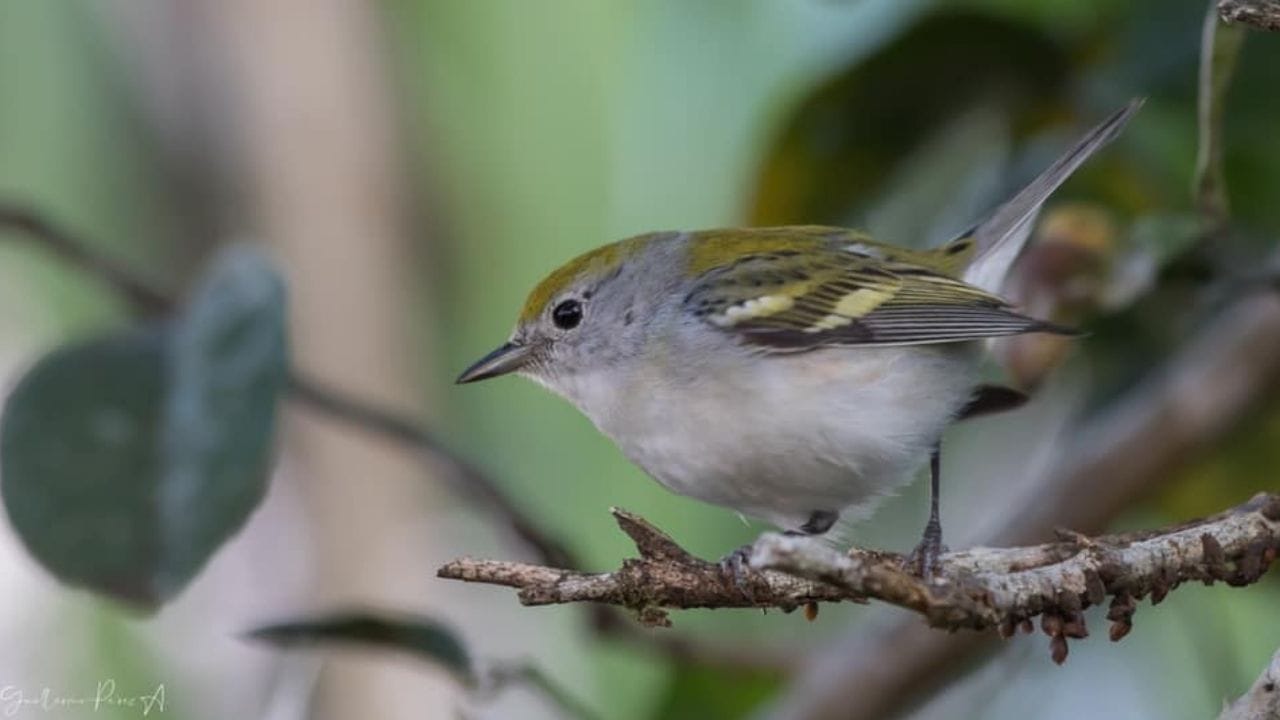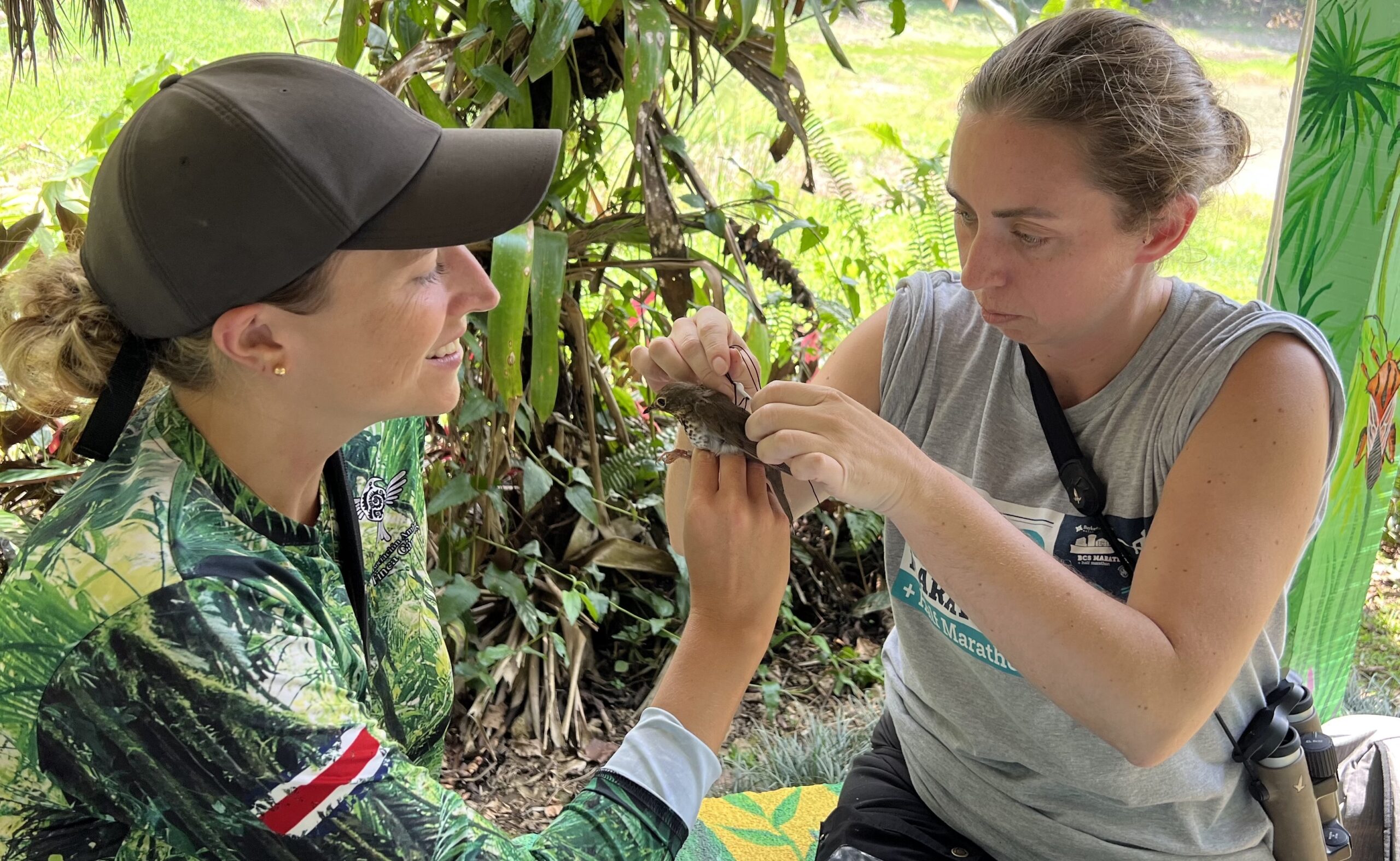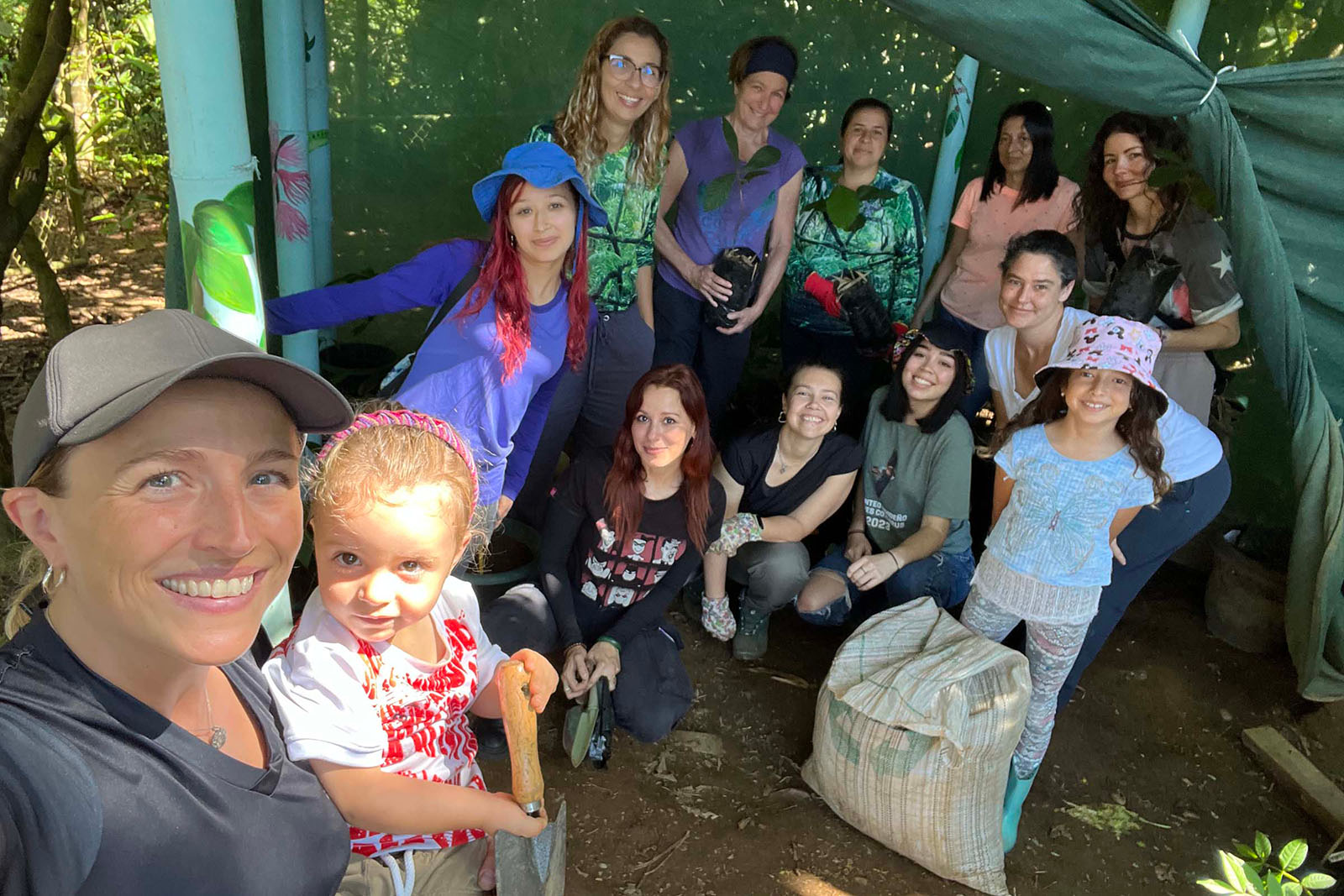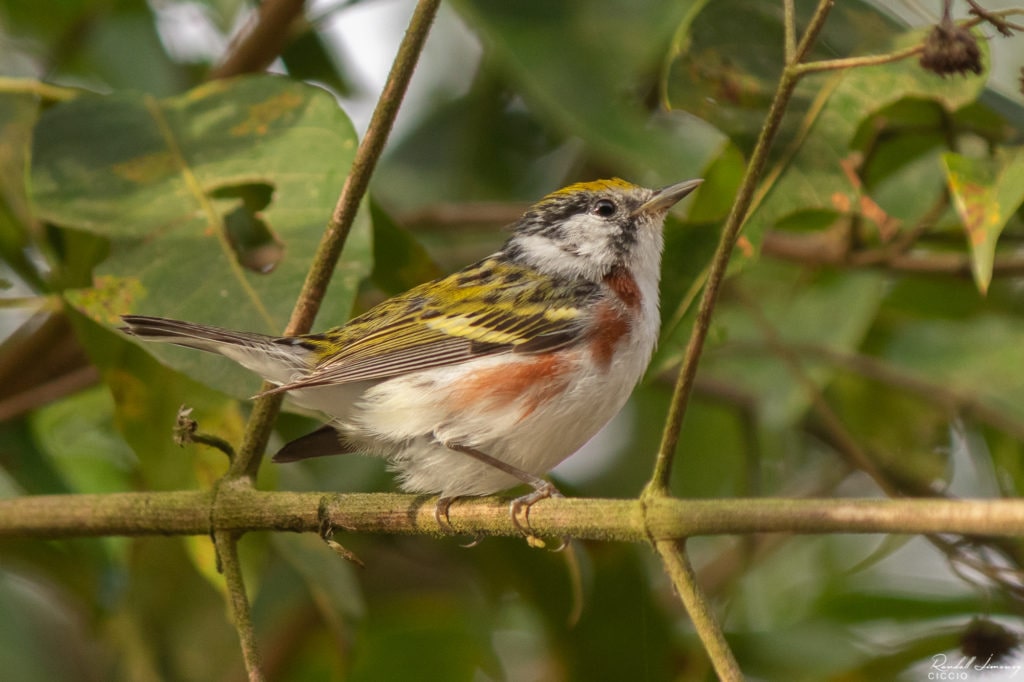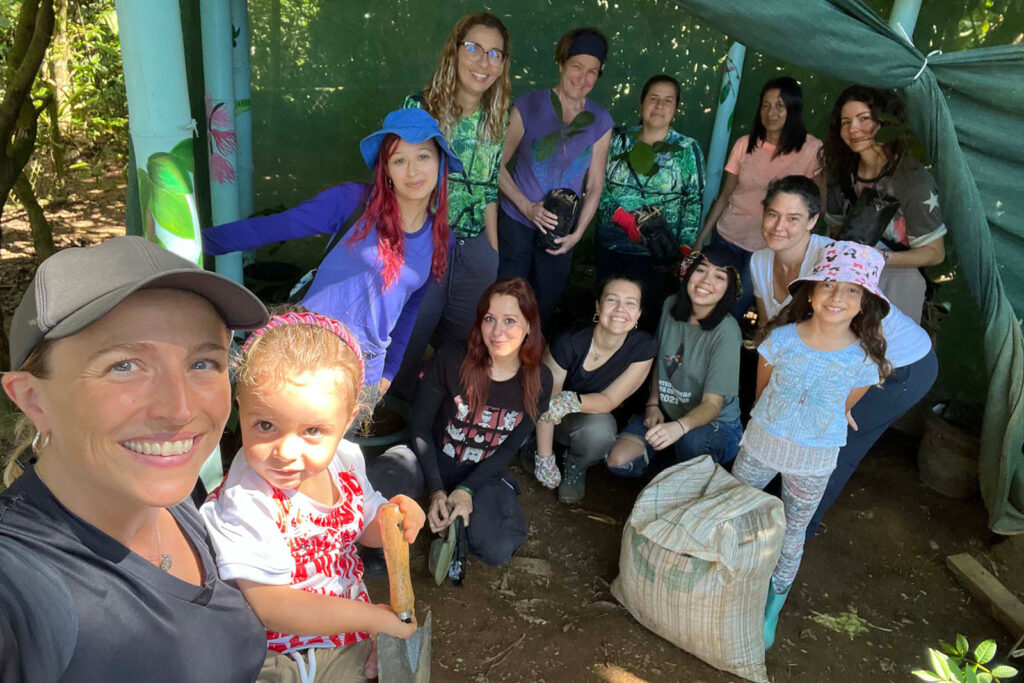In March 2020, the start of the seasonal migration of hundreds of warblers, tanagers and other Neotropical migratory songbirds was poignant and bittersweet for me. With the pandemic dramatically transforming the landscape of our lives and locking everyone down into quarantine, the birds could fly between Costa Rica and Canada, but I—like thousands of others—could not travel.
Flash forward to today, April 2021, when another migration season is upon us until approximately mid-May. We are still facing many pandemic-related barriers and fears. Fortunately we can see the light at the end of the tunnel thanks to the vaccine, but patience is still required. As countless continue to wait for the right time to travel, the warblers and company are undertaking (or about to set off on) their third long-distance flights since the pandemic started, many between my adopted country of Costa Rica and my home and native land of Canada.
Birds and other many species of animals that migrate have neither geopolitical ties nor passports. Covid has not impacted how they carry on with their behaviours and rhythms of time immemorial. Yet their travel is also fraught with many perils and challenges, even if they do not require Covid tests or visas.
So what is migration?
Migration is defined as the seasonal movement patterns of many species, from birds to whales to butterflies and more. For example, the Chestnut-sided Warbler (Setophaga pensylvanica), the emblematic species of Finca Cántaros, is a migrant bird that spends the northern summers breeding in eastern Canada and United States. Its non-reproductive territory during the northern winters stretches from Mexico to Panama.
Since about October of last year, Cántaros has been crawling with Chestnut-sided Warblers. But before long, they will all be gone. I won’t find them flitting among the tropical Cecropia trees; my friends in Canada will enjoy the sight of them foraging among maples. Their journey of thousands of kilometres involves predators, exhaustion and extreme weather such as storms. And those are just the natural threats—human activity has made migration all the more risky by reducing and/or contaminating the habitat that migratory birds depend on for much-needed stops to rest and fuel up on food, creating treacherous light pollution in major metropoles that disorient migrating birds at night, and more.
So what calls them forth from the south to the north with so many the risks involved?
It’s all about food, baby.
Many people assume it’s about climate, and that is true insomuch as climate impacts food availability.
April weather starts warming the northern forests and with that comes an explosion of fresh insects feeding on fresh leaves. An ideal buffet for songbird parents feeding their young. When August starts to infuse a chill in the air, it signals to the same songbirds that it’s time to seek sustenance down south, where food sources are more plentiful in the warm tropical forests that never get buried in snow.
There is also such thing as altitudinal migrations within countries or smaller regions. For example, within Costa Rica the famous Resplendent Quetzal migrates between the highlands and the middle elevations in the quest for its precious little avocado.
At Cántaros we are keeping an eye on species like the Chestnut-sided Warbler, as well as the Blue-winged Teals who have been enjoying Laguna Zoncho for several months. Each day, we see fewer and fewer of these ducks. The special hybrid species—a cross between Blue-winged and Green-winged—has already left.
It is always a bit sad to see them go, but now we can hope for certain altitudinal migrants to show up again, such as the Crested Owl (Lophostrix cristata). This cool species hangs out in the bamboo overlooking the Laguna between about June and December. We’re not sure exactly where it goes, but we suspect it engages in local migrational movements. We hope it returns again this June for the third year in a row!
In addition to such field observations, we are following bird migration in several formal ways that will be the subject of a later blog during this month of migration theme on our social media.
Happy Migration Season!

